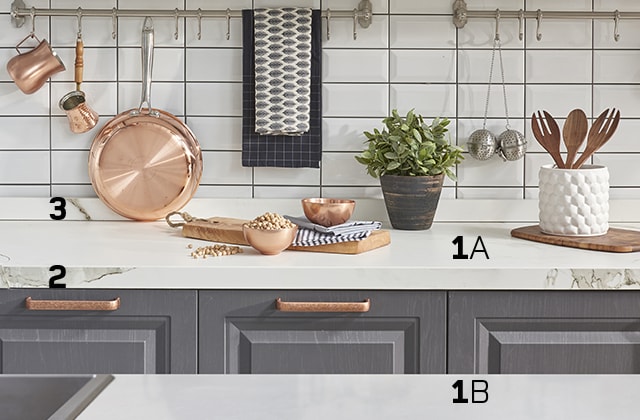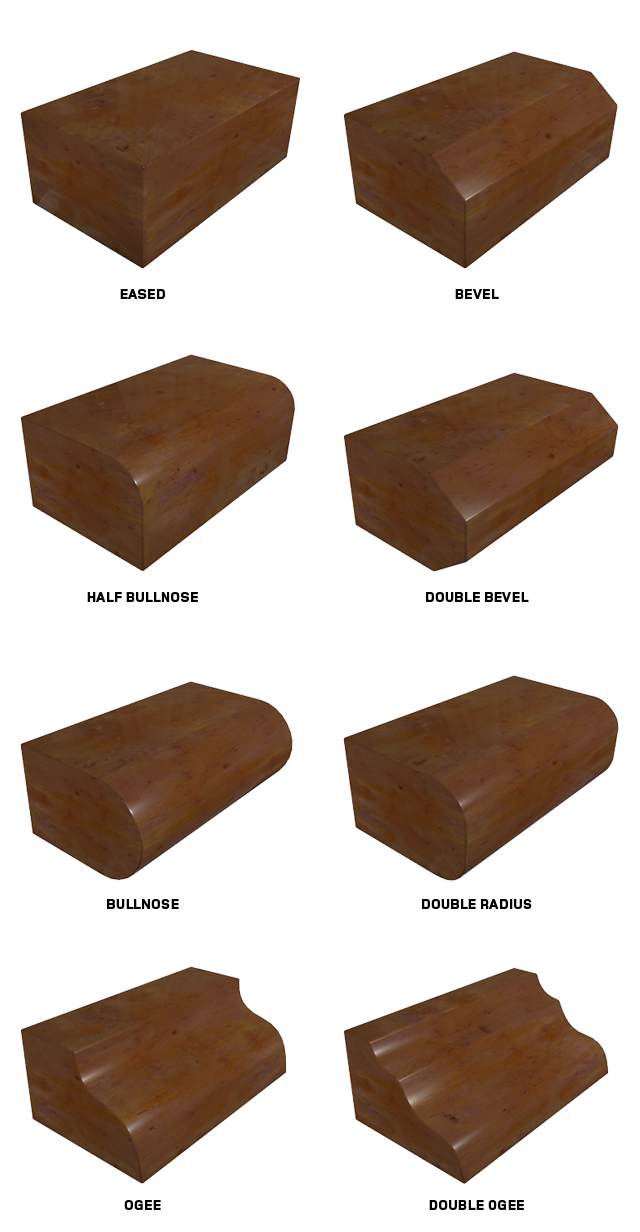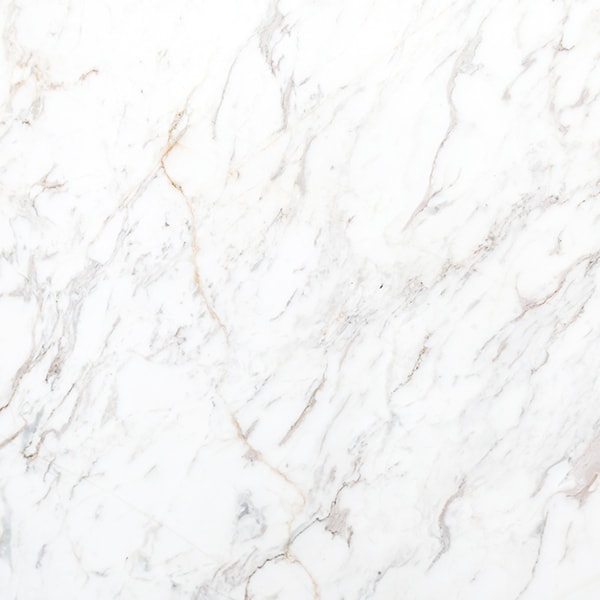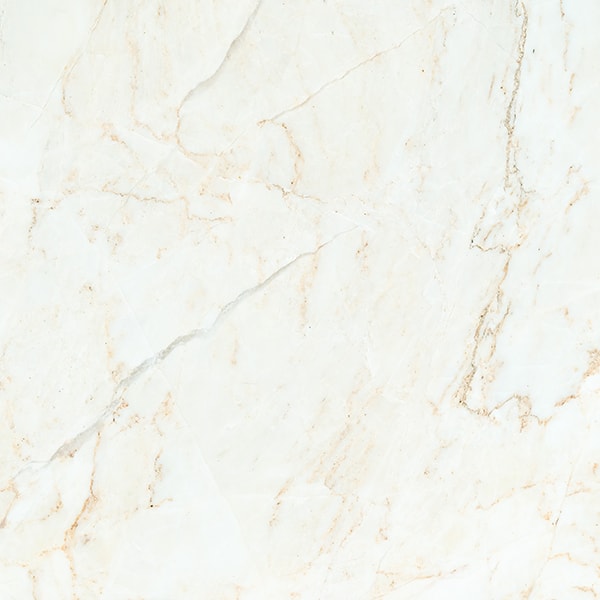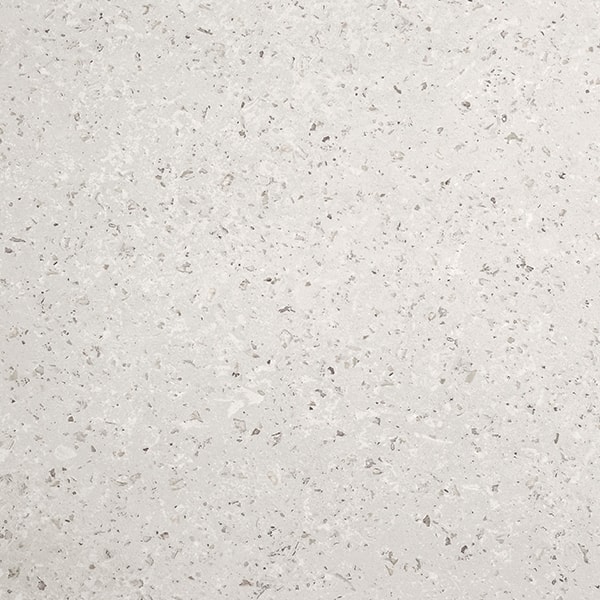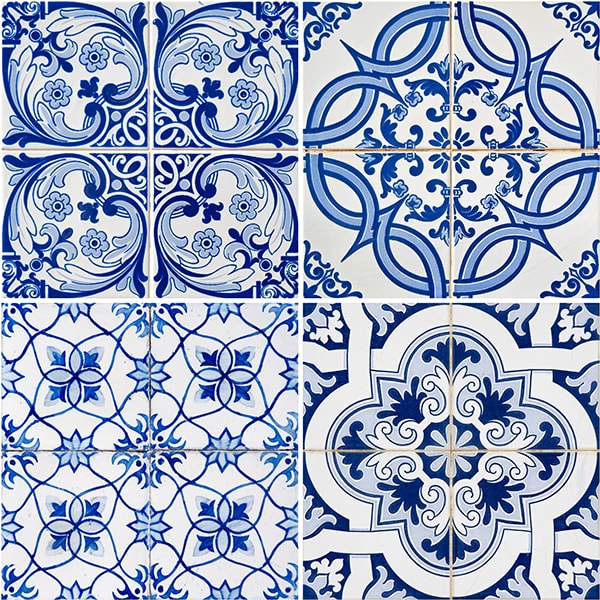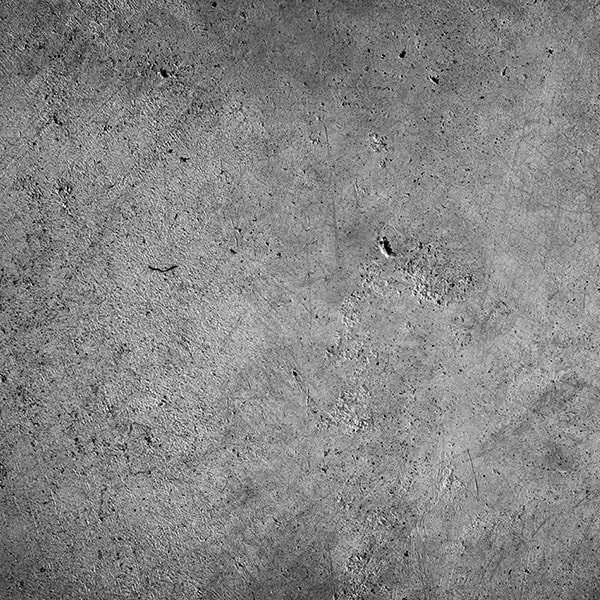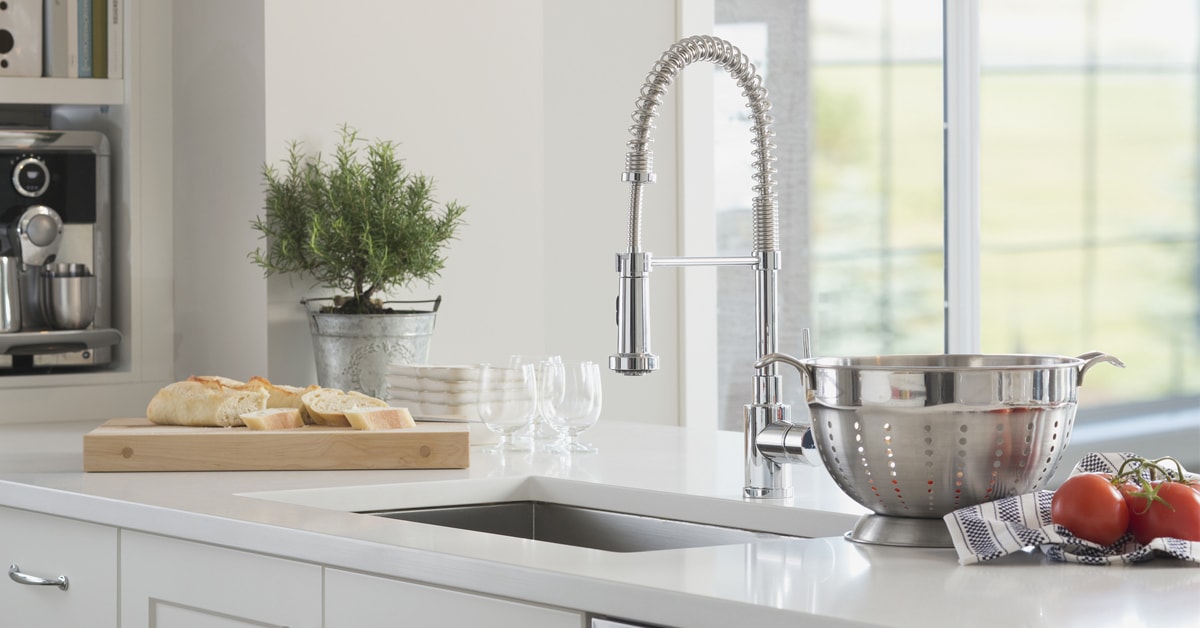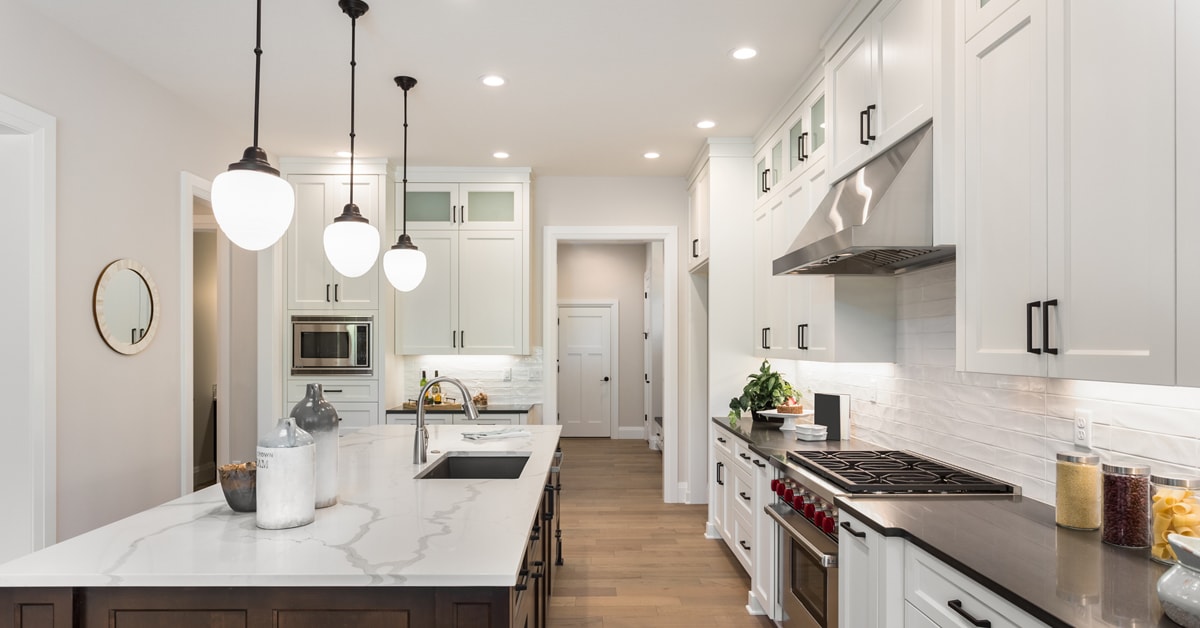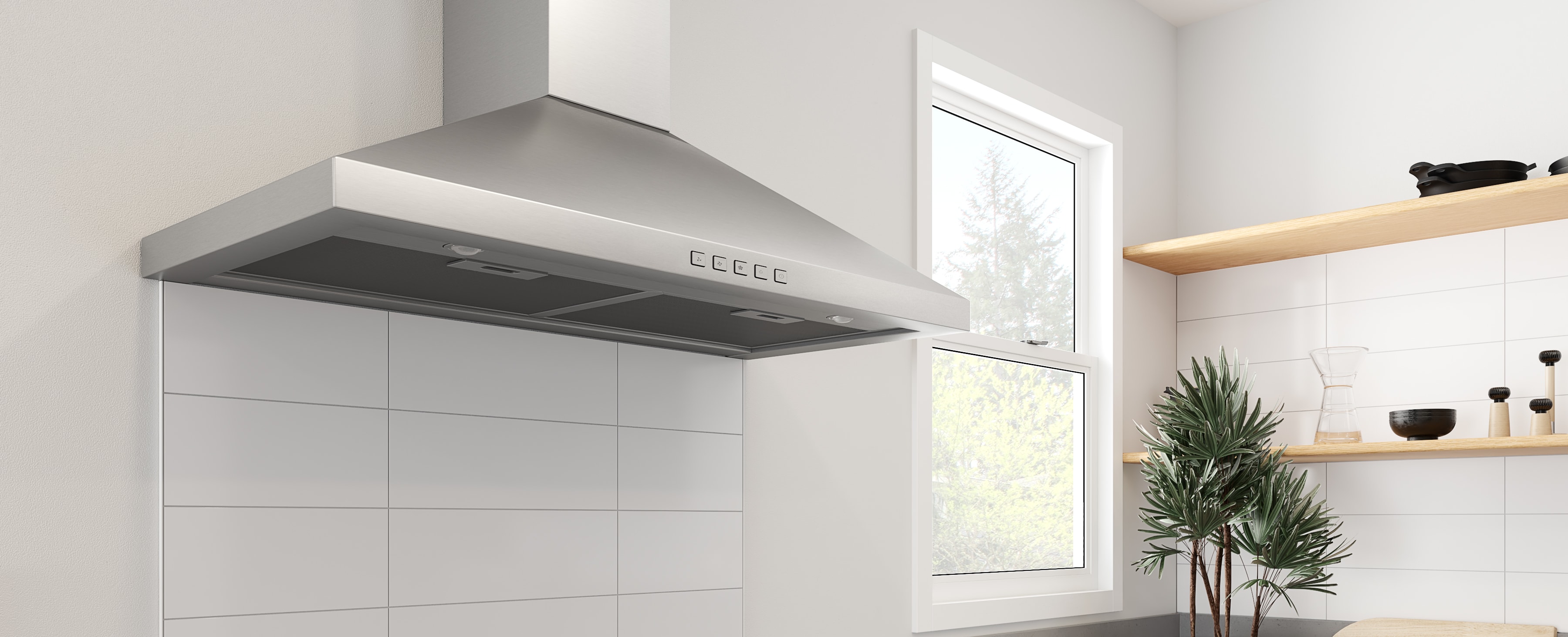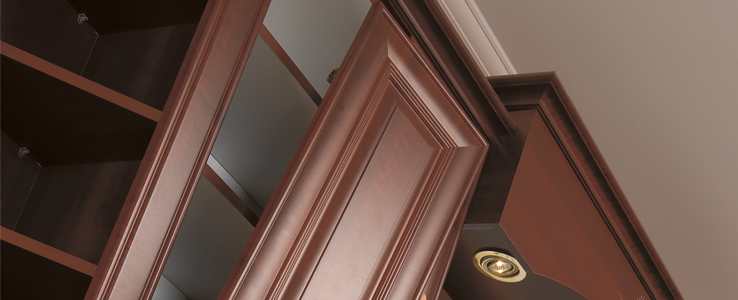Preformed and hard surfaces: 2 interesting options
There are two types of work surfaces: preformed and hard.
Pre-formed work surfaces are available in renovation centres. They can include a backsplash and are offered in different styles from a rounded to a straight, modern edge. They are easy to install for amateur DIYs and are available in 4', 6', 8', 10' and 12' lengths. Pre-formed surfaces are offered in various colours and styles, such as natural stone or wood.
Pre-formed countertops have a standard depth of 25 1/2" and are installed on 24" deep base kitchen cabinets. There is no opening for the sink and plumbing; you need to cut out the openings using the templates available.
Hard surface countertops made of materials such as granite and quartz are increasingly popular. Stone is extremely heavy and breakable, which means handling and installation should be entrusted to professionals. Measurements should also be taken by the same professionals who will be able to cut or form the material according to your specifications.









